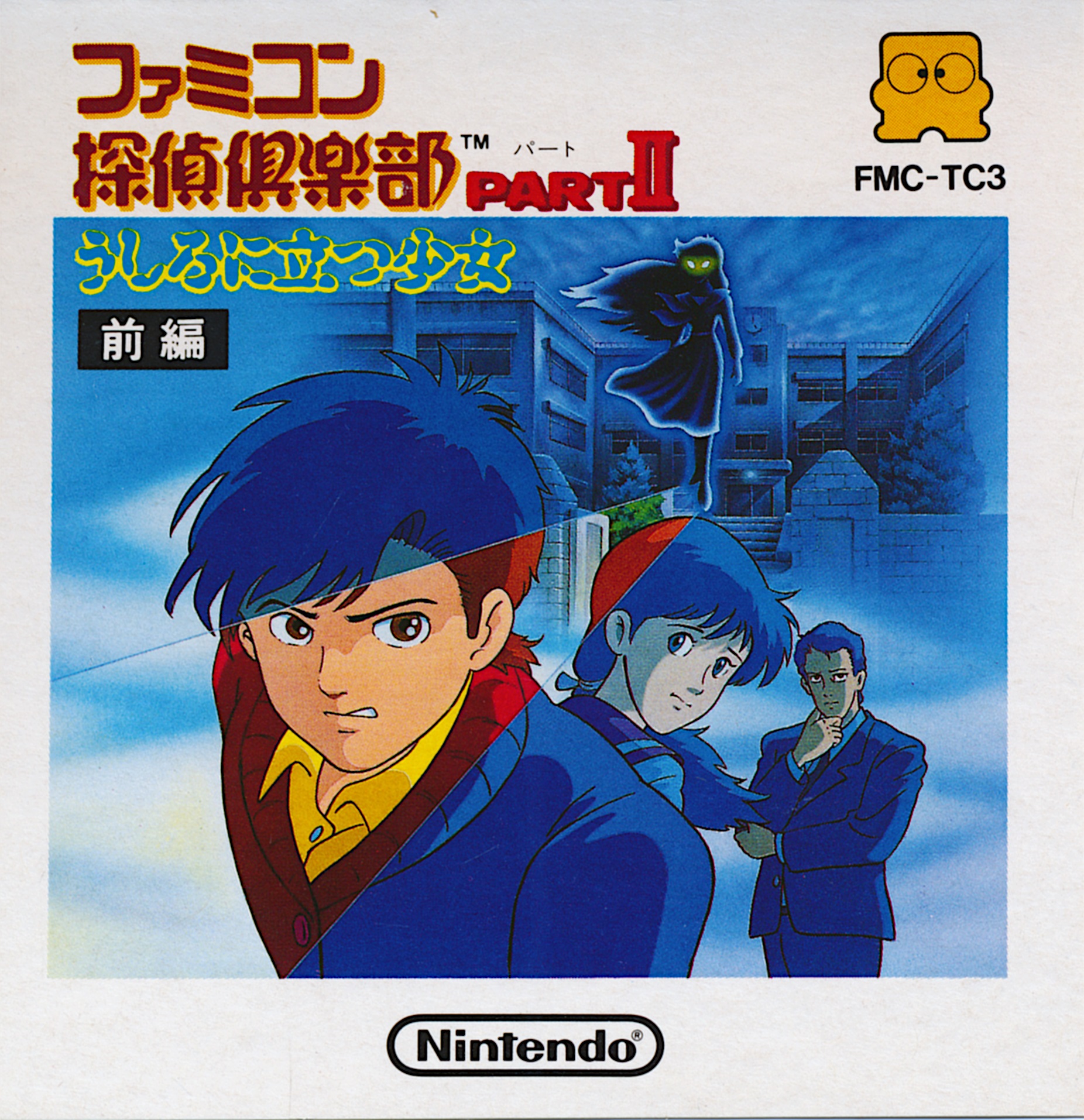One of the first things I did when I could on the Internet was learn more about some of the lesser known titles that Japan kept their hands on and we never saw over here. Games like Bahamut Lagoon, Violinist of Hameln and my favorite – Famicom Tantei Club! We never got this mystery text-based game over here, so let me tell you about it.
Released for the original Famicom back in 1988, Famicom Tantei Club: Kieta Kōkeisha was released in two parts within just a couple months of each other. The first disk, released in April, started the story while the second disk, released in June of the same year. It was an interesting way of releasing the content but it definitely started what, I have to say is the first expansion/dlc seen on consoles and it was all the way back in the late 80’s. This game wasn’t the typical for consoles of that age either, while people were typically running for more action platform type stuff over here in the North America territories, Japan was experimenting with text-based mystery games.
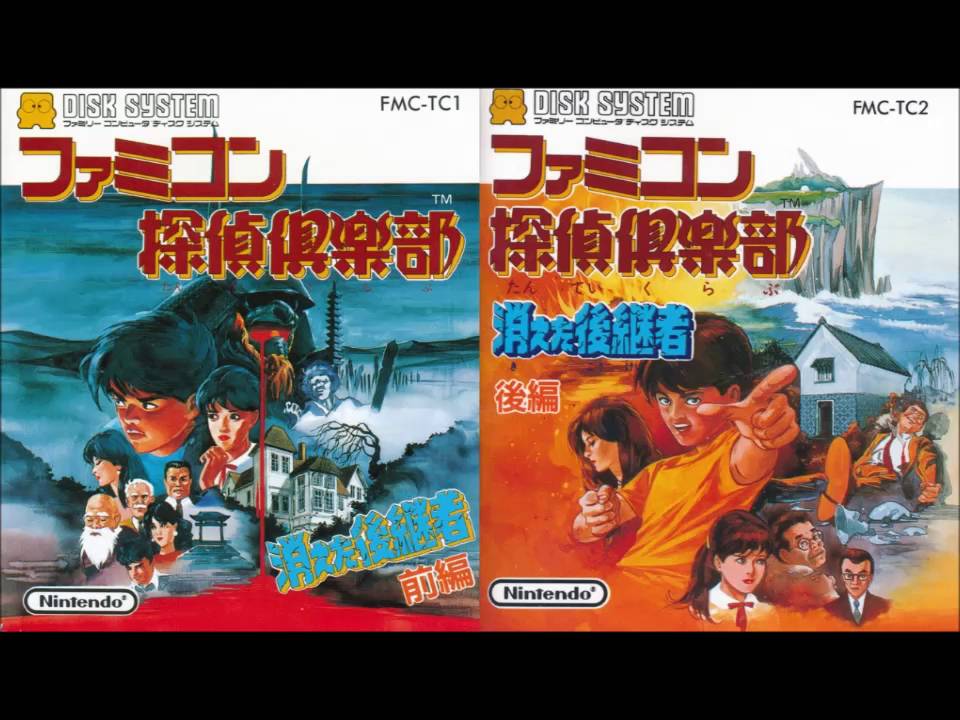
(Nintendo R&D1)
Developed by the very first and oldest of Nintendo’s Research & Development teams, Famicom Tantei Club was an experiment that actually went beautifully well in its market. Not only did it get a sequel but it had a third title as well on the Satellaview in the late 90’s which is a pretty impressive feat for a game series pretty much nobody has heard of. The Famicon Tantei Club games would get remasters and re-releases for the Game Boy Advance and Virtual Console on the Wii and Wii U, but only in Japan. Again, we’ll never see the releases of this game and that’s pretty bonkers.
How I heard about this game was through some import forums where folks would sell systems or chipsets from overseas and retrofit them into North American systems. As the Nintendo and Famicom were well out of their system copyright dates, an influx of these consoles were being uprooted, scrubbed and scrapped for parts to rebuild them in more lasting formats. Even games were being taken from their cartridges and essentially cleaned up and transferred to new chips that would stand the test of time. Around this time that I was digging into imported systems, I was offered a copy of this the sequel but with the added bonus that the cartridge was the original parts but a fan-sub in English was installed into the hardware.
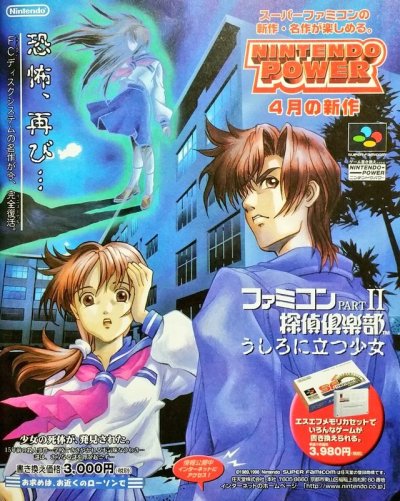
Check out this rad issue of Nintendo Power featuring Famicom Tantei Club – Part 2! (Nintendo R&D1)
That’s a thing I found out about, by the way, that there are pretty dedicated people out there that take games from other countries that we would never otherwise see and they do language tracks that can be embedded into the coding. This was how I was first aligned with Famicom Detective Club and it made the price of the console well worth it when I would sit and play this game for hours upon hours on end, jotting down notes in a composition book and finding a brand new appreciation for text-based mystery games.
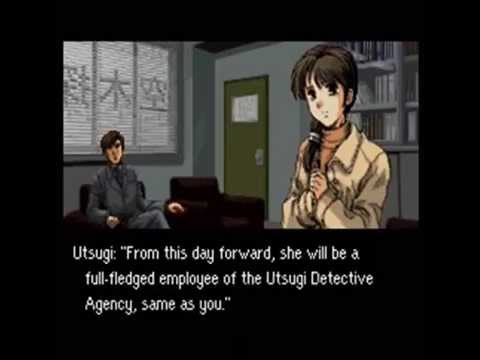
The graphics took a steep and beautiful turn with the Part 2 of the Tantei Club series. (Nintendo)
With three games in its series and obviously a loving fanbase overseas, you’d think Nintendo would bring this game Stateside. However, other game publishers have already brought forth titles that have matched the mystery but not quite the darkness of Famicom Tantei Club and I have to think that’s intentional. See, Famicom Tantei Club has quite a few darker themes in it that games like Phoenix Wright: Ace Detective would be callous for including. Other titles that touch upon mystery in the past decade have done rather softball takes on the genre but that’s because family companies want to be careful just who is getting their hands on these games.
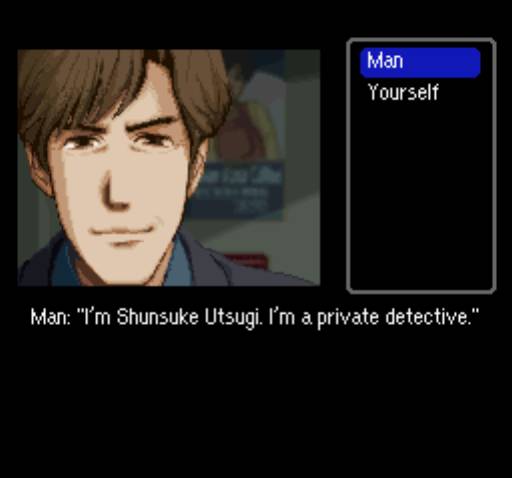
Our hero, ladies and gents — US. (Nintendo)
That doesn’t mean that I wouldn’t absolutely love SEGA or even Capcom to get Nintendo’s blessing for a remaster of this wonderful series that got me knee-deep into mystery games all over again. Before I knew it, I was ripping out my old copies of The Colonel’s Bequest and several other Sierra games and reliving the best times.
